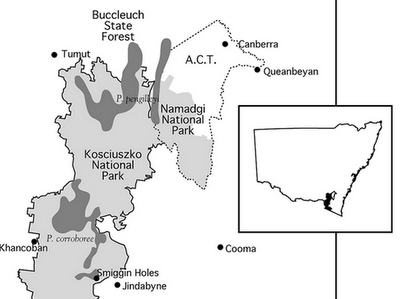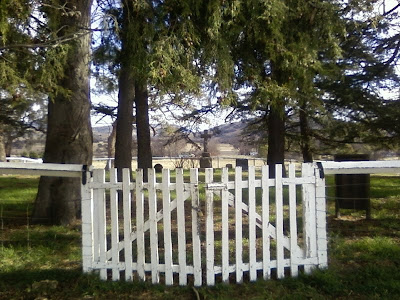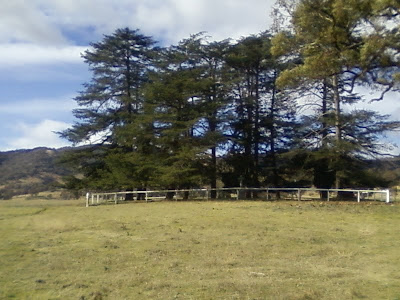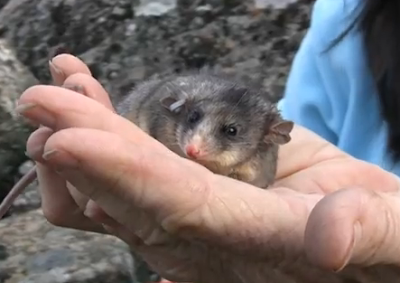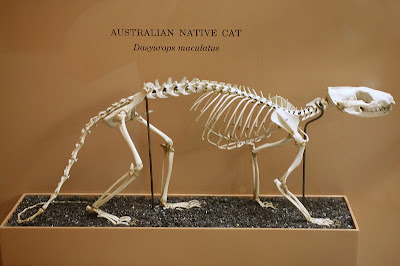The Gudgenby River is a tributary of the Murrumbidgee River in the south of the Australian Capital Territory. With it's headwaters in the Booth Range it swings in towards the Bobeyan Road within the confines of the Namagi National Park before winding nearly parallel to the whole southern road as it travels down towards its Murrumbidgee River confluence.
The Sydney Morning Herald - Monday 16 December 1907
National Library of Australia
A few minutes of video today as I explored for a new area to set cameras in an attempt to video a little river wildlife. I'm pretty specific about the places I try these cameras and it all boils down to location, location. I travelled from a few kilometres below the headwaters where you can just about step over the flow down past the river's several intersections with the Bobeyan/Nass Roads to Tharwa.
Several walks up and down the river bank at the Park end and I've found a few worthwhile and secluded spots where animals regularly break through the thick scrub for a drink. At the top end it's actually an area I would only enter, as far in as I have, in the winter months. It's very thick and looks a bit snakey...
Some Gudgenby River facts...
The Gudgenby River drops around 422m over its 34.7km length.
It starts at an elevation of 995m and ends at an elevation of 573m where it joins the Murrumbidgee River near Tharwa.
The following 7 creeks and 2 rivers feed the Gudgenby River (by descending elevation): Bogong Creek (981m), Middle Creek (981m), Hospital Creek (962m), Dry Creek (925m), Nursery Creek (906m), Orroral River (842m), Half Moon Creek (654m), Booroomba Creek (644m) and Naas River (631m).
The Sydney Morning Herald - Wednesday 13 November 1901
As for the sign shown in the video protesting the Construction of a dam in the valley. I find the site was originally suggested to be Canberra's water supply as far back as 1901.
I'm glad they didn't do it...
National Library of Australia
As for the pioneer Michael Herbert...
The Canberra Times - Saturday 25 February 1939
National Library of Australia
-
